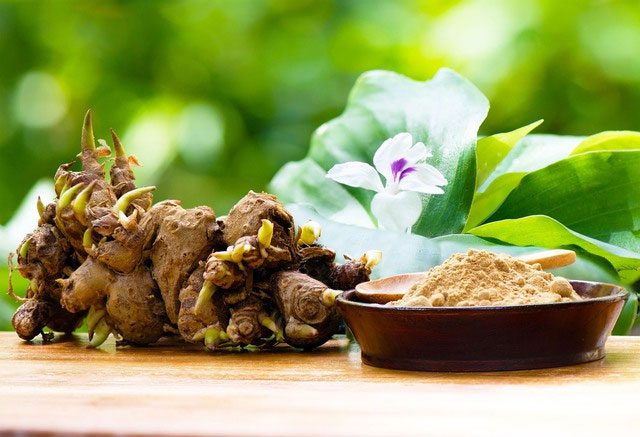According to the World Health Organization (WHO), cancer is the leading cause of death worldwide, with nearly 10 million fatalities in 2020. One in every six deaths is due to cancer.
Research indicates that the main active compound found in this bulb has a significant effect in inhibiting the growth of cancer cells.
The symptoms of cancer depend on the location of the tumor’s development. However, there are several common signs across various types of cancer. According to the Cancer Research UK organization, these signs include:
- Fever or excessive night sweats
- Fatigue
- Unexplained bleeding or bruising
- Unexplained pain
- Unintentional weight loss
- Appearance of unusual lumps or bumps on the body
Many types of cancer can be cured if detected early and intervention is timely. Therefore, recognizing the signs of the disease is extremely important.
However, you can significantly reduce your risk of developing cancer by adopting a more scientific lifestyle. In particular, a diet that includes foods proven to help prevent the growth of cancer cells is the simplest first step anyone can take.
A recent study by scientists at Osaka Metropolitan University (Japan) has discovered that fingerroot – a type of rhizome from the ginger family native to Southeast Asia – possesses anti-cancer properties. Fingerroot is commonly used as a cooking spice. In traditional Chinese medicine, it is a valuable remedy used to treat various ailments.

Fingerroot has properties that prevent cancer cells. (Image: Earth).
Breakthrough Research on the Effects of Fingerroot
In the aforementioned study, scientists found that extracts from fingerroot, particularly its main active component ethyl p-methoxycinnamate (EMC), can notably inhibit the growth of cancer cells.
Previous studies on EMC have also demonstrated its anti-cancer capabilities. EMC has the ability to reduce transcription factors associated with the proliferation of cancer cells.
Professor Akiko Kojima, the lead researcher, stated: “Our research confirms the preventive effects against cancer of fingerroot extract and its main active compound, EMC.”
The findings of this study are not limited to laboratory results. Animal testing has also yielded similar outcomes.
This is not the first time scientists have shown interest in EMC. Previous studies have explored the anti-cancer potential of this compound, particularly its ability to reduce the expression of mitochondrial transcription factor A (TFAM).
TFAM is closely related to the proliferation of cancer cells. However, the precise mechanism by which EMC exerts its effects in cancer prevention remains unclear.
Professor Akiko Kojima added: “TFAM is expected to become a new treatment direction in cancer therapy in the future.”
This research was published in the journal Heliyon. The researchers also warn that further trials are needed to determine the effects of fingerroot on cancer patients.

Fingerroot is used as a beverage. (Image: ST).
Other Benefits of Fingerroot
Fingerroot is known by various names such as tam nại, sơn nại, thiền liền, or sa khương. This bulb has many different applications.
Fingerroot is commonly used in traditional Southeast Asian cuisine. In Indonesia, it is used to make a beverage called “jamu.” In Thailand, it is an ingredient in the dish “som khaek.”
In traditional Chinese medicine, fingerroot is used for anti-inflammatory purposes, to reduce blood lipids, and to suppress appetite.
In Vietnam, fingerroot is often used as a remedy for pain relief from rheumatism or to treat gastrointestinal and stomach-related symptoms.
Additionally, fingerroot has several other benefits such as antioxidant properties, antibacterial effects, treatment for respiratory issues, and enhancing the immune system.



















































